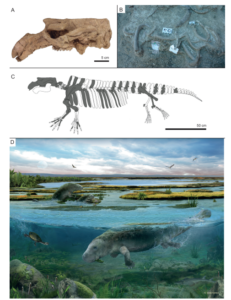“Canaralele din Portul Hârșova” geosite is integrated into ‘Canaralele Dunarii’ Natura 2000 site (ROSCI0022), and represents the northern part of the geologic profile in Jurassic deposits that is exposed along the Danube River valley between Hârșova and Capidava. This sector exhibits Middle and Upper Jurassic deposits, developed in biohermal (in situ spongalgal, coralgal reefs and […]
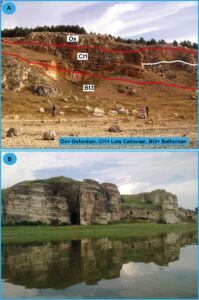
The present work investigates the mining and sale of fossiliferous Burmese amber to determine if the profits are being used by the Myanmar military to commit atrocities against minority groups or ethnic armies within the country, as recently implied. Our conclusion, based on the information available to us, is that the great majority of Burmese […]
The concept of the volume is to survey all the key geoparks throughout Europe in terms of their palaeontological significance. The first 25 articles in this Part cover the long span of geological time from the Precambrian to the Permian, arranged in chronostratigraphic order. These document some of the most important early stages in the […]
The concept of the volume is to survey all the key geoparks throughout Europe in terms of their palaeontological significance. The second set of 36 articles in this Part cover the long span of geological time from the Triassic to the Quaternary, arranged in chronostratigraphic order. These document some of the most important stages in […]
Together, places of scientific, historical or cultural significance within a region and the artefacts uncovered therefrom and displayed in museums and collections make up the total heritage of the region in question. Seemingly lifeless places and objects become enlivened in UNESCO geoparks through the combined efforts– geared towards education and tourism – of managers, researchers […]
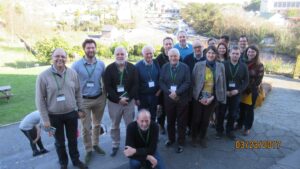
Some exceptional paleontological trilobite sites located in the Sierra Norte de Sevilla UNESCO Global Geopark are presented herein, together with an analysis of their geotourism / geotrail potential and a proposal for geoconservation. The sites are of Marianian age, a regional stage and age of the Cambrian Mediterranean Subprovince which was defined within the territory […]
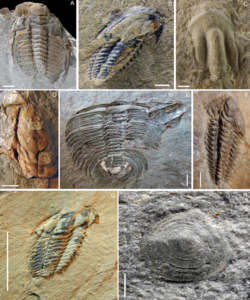
The Digne-les-Bains ammonite slab is one of the most impressive geosites of the UNESCO Global Geopark of Haute-Provence and Réserve Naturelle Nationale Géologique de Haute-Provence. Its importance rests on the number of fossils as well as their size and the high quality of the outcrop and its huge potential. It is an important subject for […]
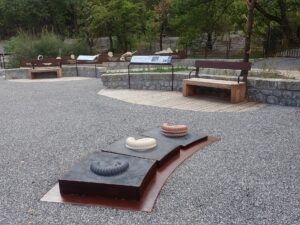
Anthropogenic climate change may result, within 200 years, in warm and equable climatic conditions not experienced on Earth for tens of millions of years. Ancient ecosystems under such “greenhouse” conditions may be seen as natural experiments, and their study may help us anticipate the future, should mediation fail. The Messel Pit, a UNESCO World Heritage […]
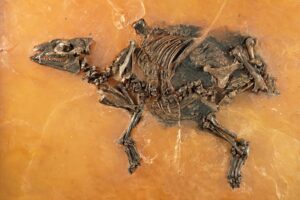
The Sobrarbe-Pirineos UNESCO Global Geopark, located in the Central Pyrenees, is a region of remarkable geodiversity that includes extensive Eocene fossil-bearing sites and constitutes an important archive of paleobiodiversity. The Sobrarbe-Pirineos Geopark hosts outcrops of Eocene formations bearing an unusual abundance and diversity of fossils from marine and continental sedimentary environments, making the Sobrarbe-Pirineos Geopark […]
